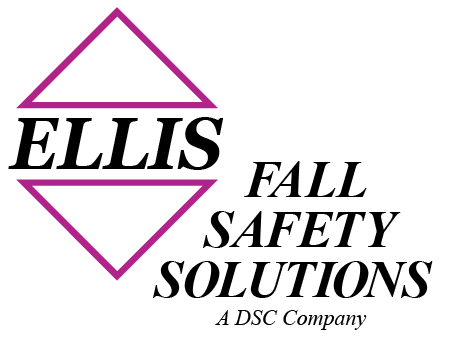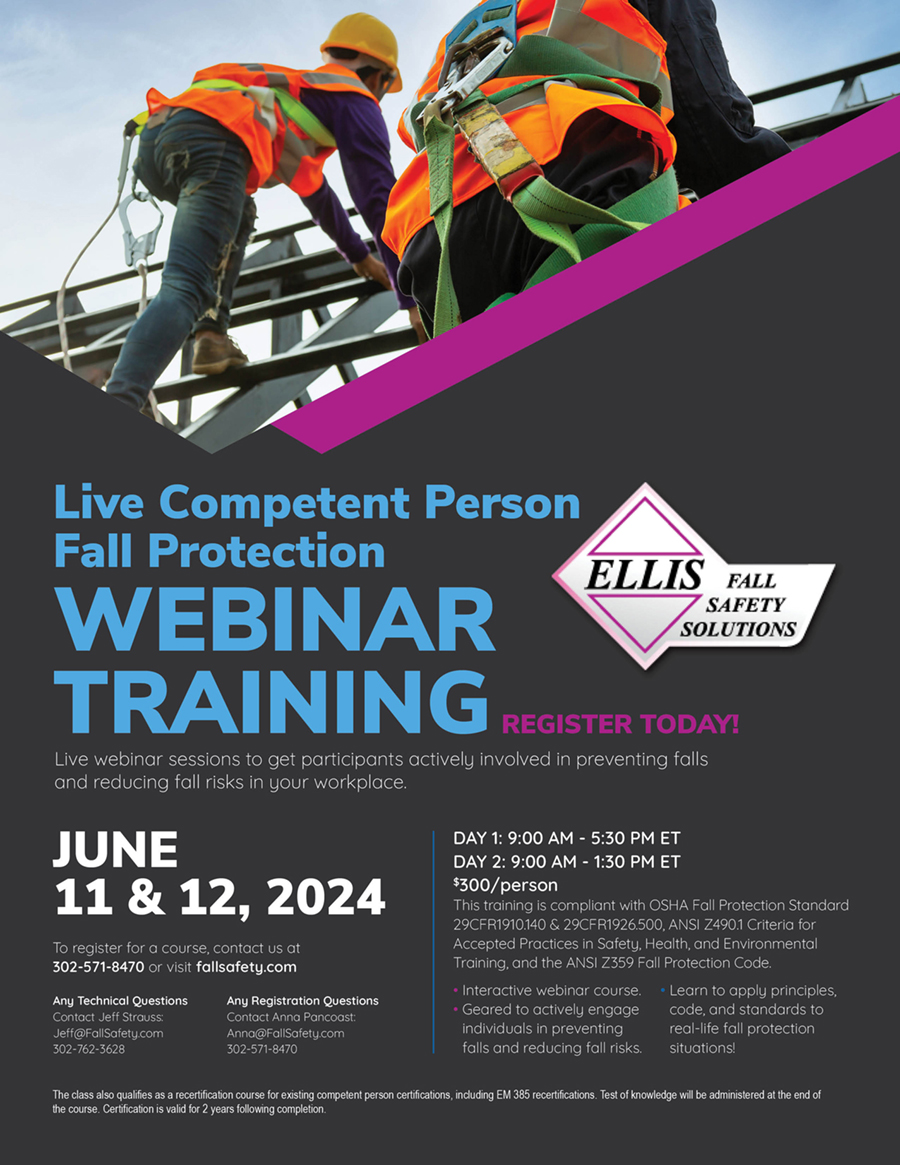Although some confined spaces are not appropriate for tripod use due to the size of their opening or to workplace geometry, lifelines and winches can be used, along with a variety of davits and brackets suited to the application, and appropriately designed into the workplace.
A mixture of rope rescue equipment coming from mountaineering, fire-rescue, and safety equipment manufacturers, needs clarification of its purpose in general industry and construction.
See “Introduction Fall Protection, 4th Edition” page 362.
Order your copy of “Introduction to Fall Protection, 4th Edition” today. This invaluable resource will take you from the structure design stage to post construction maintenance. Click to find out more!

